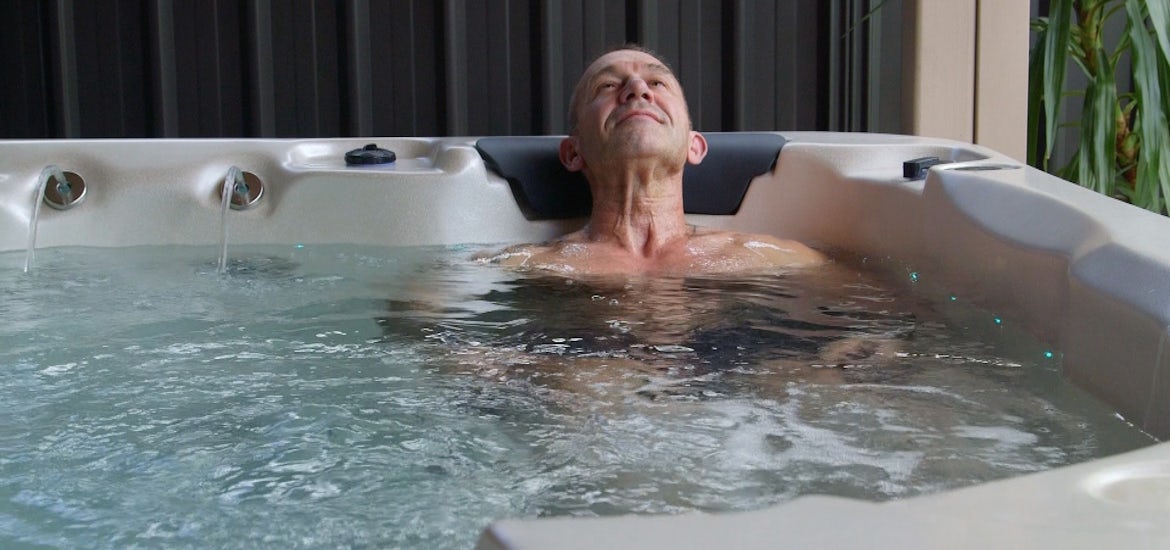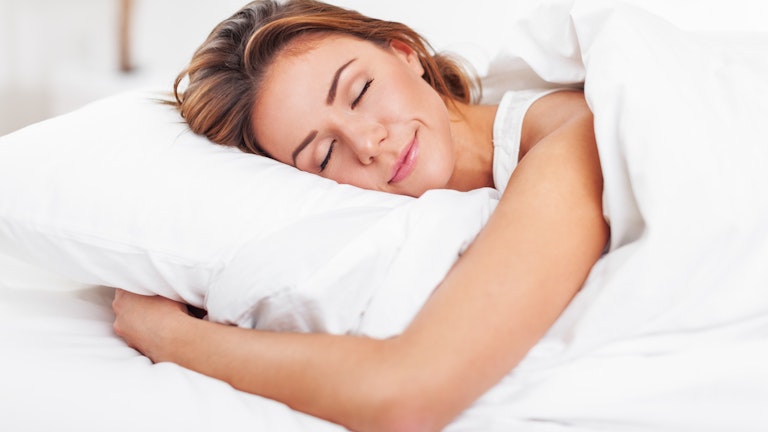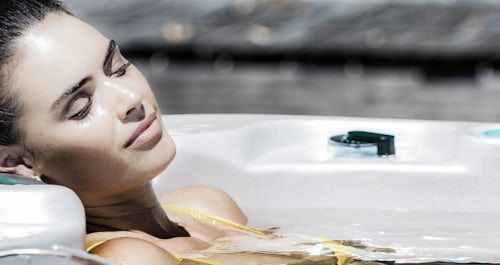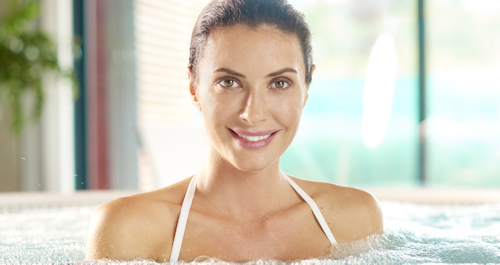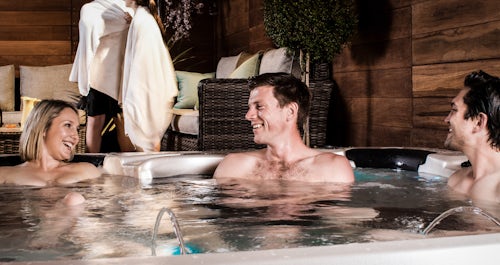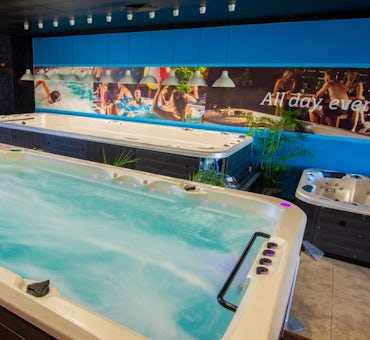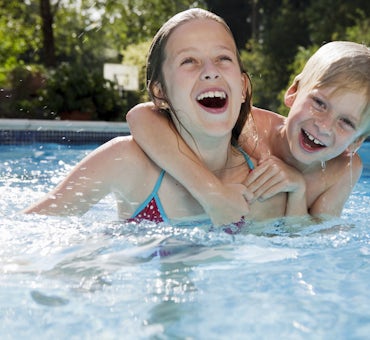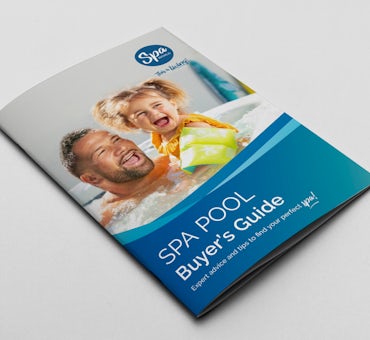While most people associate spa pools with warmth and relaxation, using your spa as a cold plunge can offer numerous benefits that go beyond simple enjoyment. Cold water therapy—immersion in cold water—is increasingly recognised for its ability to support muscle recovery, enhance circulation, and improve mental well-being.
If you’re looking for a refreshing alternative to traditional hot spa use, running your spa at cooler temperatures could be just what you need.
In this article, we’ll explore the advantages of running a cold spa pool, the health benefits of cold water therapy, and how you can set your spa to the perfect cool temperature.
Key Takeaways:
- Yes, you can run a cold spa pool! Simply adjust the temperature settings or install a spa heat pump to achieve temperatures as low as 5°C (41°F).
- Cold water therapy offers numerous health benefits, including faster muscle recovery, improved circulation, stress relief, and a boosted metabolism.
- A spa heat pump can help you achieve optimal cold water immersion for those seeking more intense cold water therapy.
